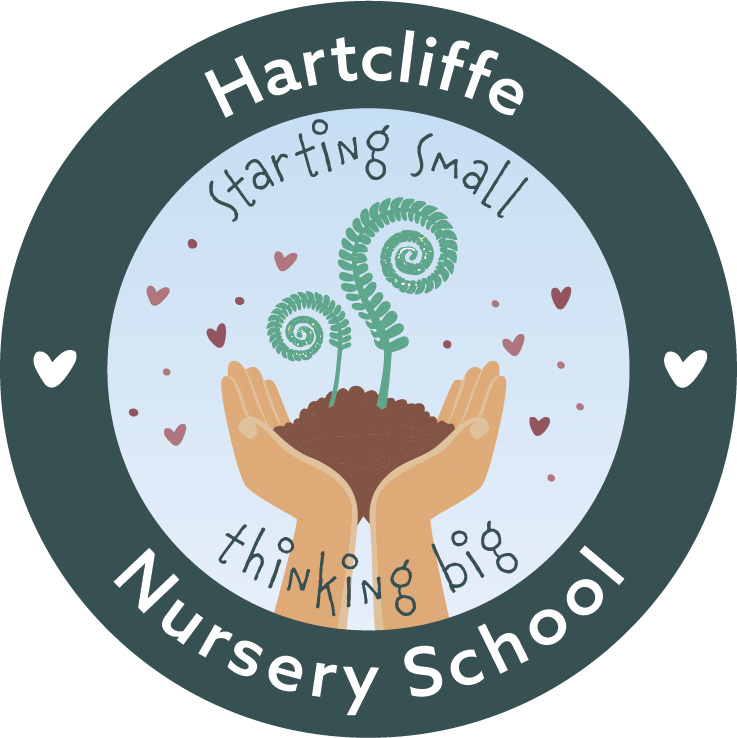Our Literacy Curriculum
Empowering Children as Writers
Our aim is to empower children to believe in themselves as confident mark-makers, writers, authors, illustrators.
To:
- enable them to communicate; meaning, their ideas, thoughts and feelings through the marks they make.
- to develop the dexterity to use a range of tools and materials confidently to mark-make.
- write for a purpose.
We believe that drawing and symbolic representation is crucial to enable us to make meaning, to process our thinking and problem-solve, for example;
- maps to help us find our way,
- numerals, symbols to help us solve mathematical problems,
- words, symbols to express ourselves,
- drawing to illustrate a story or an idea,
- a diagram to help us make something,
- music notation to help us follow the tune and rhythm.
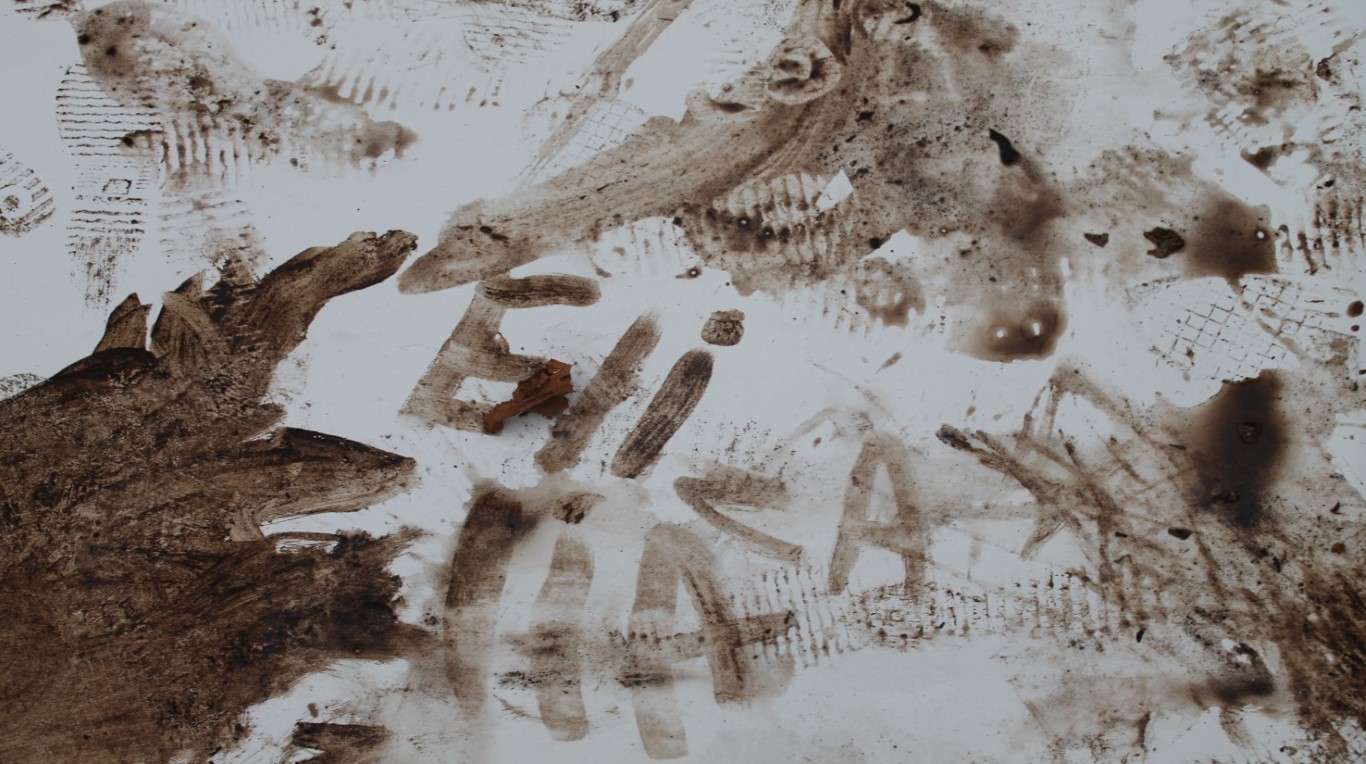
Download as a PDF
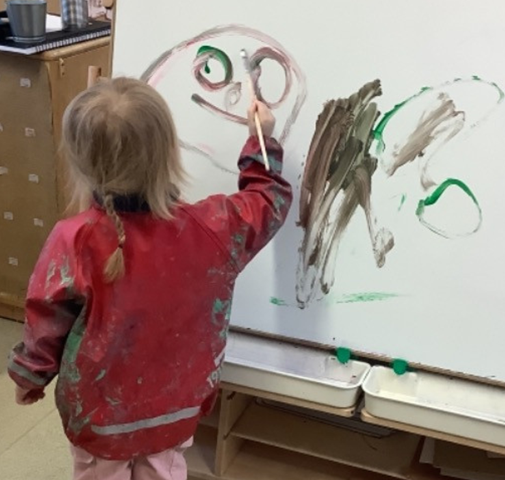
In order for me to become a confident writer, there are some skills I need to learn first…
Communication, speech and language skills; you can help me to learn to listen, give attention, understand language and how it is formed.
I need you to talk and read with me, respond to what I communicate, teach me words and how to speak in sentences.
Physical skills
Gross motor and fine motor skills.
I also need to develop the muscles in my arms, wrists, palms and hands. Do you know I have 27 bones, 34 muscles and 100 ligaments in each hand!
Writing is difficult! There are so many skills that I need!
I need to develop my executive function skills, including working memory and speed of retrieval from my long term memory.
Executive function is my ability to:
- hold information in mind (remember things)
- focus my attention
- regulate my strong feelings and behaviour.
- plan what to do next
- focus my thinking
- monitor what I am doing and adapt
- be patient
- bounce back when things get difficult (resilience).
Educational Programme – Literacy
It is crucial for children to develop a life-long love of reading. Reading consists of two dimensions: language comprehension and word reading.
Language comprehension (necessary for both reading and writing) starts from birth. It only develops when adults talk with children about the world around them and the books (stories and non-fiction) they read with them, and enjoy rhymes, poems and songs together.
Skilled word reading, taught later, involves both the speedy working out of the pronunciation of unfamiliar printed words (decoding) and the speedy recognition of familiar printed words. Writing involves transcription (spelling and handwriting) and composition (articulating ideas and structuring them in speech, before writing).
Educational Programme – Physical Development
Fine motor control and precision helps with hand-eye co-ordination which is later linked to early literacy.
Repeated and varied opportunities to explore and play with small world activities, puzzles, arts and crafts and the practice of using small tools, with feedback and support from adults, allow children to develop proficiency, control and confidence.
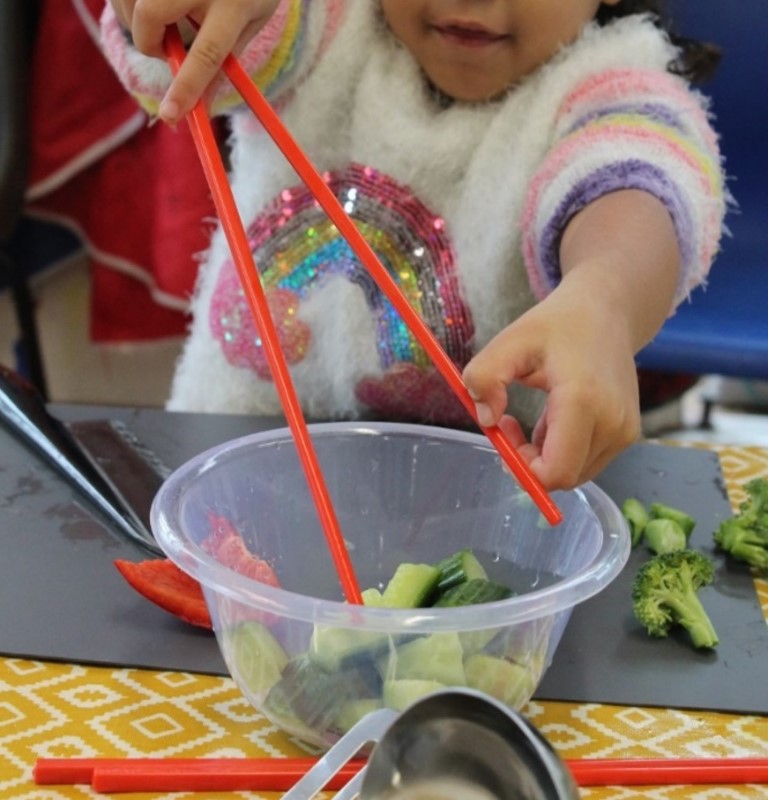

What does your emotionally available adult need to know about you?
What about the marks you make?
If you watch me carefully you will notice that I make marks all around the environment: in sand, with paint, in mud, with crayons, in runny glue, in playdough, hand prints, footprints.
As I play I am making my mark upon the world.
Sometimes I make marks that give me a sensory experience.
Sometimes I make marks that say something important, like my name. I need you to make marks alongside me as we play.
If you write a shopping list in the home corner, I will write one too. If you write a birthday card to your mummy, I will write one too.

Your emotionally available adult will…
- value the marks that you make by showing interest, ‘Mmm, I’m interested in this blue line, I like how you’ve drawn lots of dots really fast! I wonder what this little circle is about?’
- scribe your stories, the meaning of your drawings or mathematical graphics for you. (asking your permission or writing on a separate sheet of paper)
- be alongside and mark-make with you, imitating and sharing ideas, ‘I can see you’re drawing zig-zags, that’s a good idea, I’m going to imitate you and draw zig-zags too, up, down. ’
- enjoy mark-making as a pleasurable experience alongside you.
- model different mark-making movements big, small, quick, slow, hard, soft.
- model making different shapes; circles, zig-zags, lines, dots, crosses and letter-like shapes.
- use words to describe the marks we are making, ‘dot, dot, dot,…looooong lines, round circles.’
- tell you about the different marks that I am making and encourage you to talk about yours.
- listen attentively to you when you communicate about your drawings and early writing.
- value your marks by photocopying them, displaying them, sharing them with your family.

Your emotionally available adult will…
- celebrate your early attempts at graphic representation, whether drawing, symbols, numerals, letters – focusing on the meaning and content that you are communicating.
- model and encourage you to make signs for a shop or car wash, a shopping list, a recipe, a label for your model or instructions for planting seeds or making bread.
- support you in recognising and writing your own name using a name card.
- explore a range of different scripts with you, especially those familiar to you.
- make your own books, writing your own stories or retelling familiar stories.
- talk to you about the letters that represent the sounds that you hear at the beginning of your name and other words.
- model how to segment and blend the sounds (phonemes) in simple words and how the sounds are represented by letters (graphemes).
- encourage you to apply their own grapheme/phoneme knowledge when you write.
- support and scaffold you to write throughout the day.
Resources for the writing/mark making
- Paper – assorted sizes, shapes, colours, textures and types including large rolls
- Cardboard – assorted colours, textures and thickness
- Music paper, graph paper, lined paper
- Pads, notebooks, envelopes, stamps, sticky notes, labels, address books, diaries, registers, forms, headed note paper, calendars, cards, postcards,
- Readymade and homemade books – zigzag, stapled, concertina
- A range of writing tools of different thicknesses – multi-coloured pens, markers, crayons, writing pencils, chalks, coloured pencils, felt-tip pens, gel pens and biros
- Pencil sharpeners, rubbers, stampers and ink pads, staplers, hole punches, rulers, scissors, sticky tape, glue sticks,
- paper clips, treasury tags, blutak
- Message boards/communication pockets, display board, post box,
- Clipboards, whiteboards and blackboards (fixed and portable, large and small)
- Name cards, alphabet frieze, word cards/ word banks
- Magnetic letters, gel letters
- Examples of environmental print; notes, timetables, adverts, leaflets, take away menus, instructions, recipes, maps
- Examples in different languages, scripts
Opportunities for writing/mark making inside and outside
Role Play
- Café: menus, order pad, take away menus, signs, food orders
- Doctor, vets: Labels, Prescriptions
- Garage/ mechanics: car manuals, instructions, note pads, clip boards
- Builders merchants: card order forms, tape measures, instructions,
- Kitchen/ home: recipes, shopping lists, message board, diary,
- Shop: captions, labels, signs, receipts,
- Bus/ train: tickets, maps
- Cinema: tickets, receipts, menus,
- Post office: letters, cards, envelopes, stamps, post box,
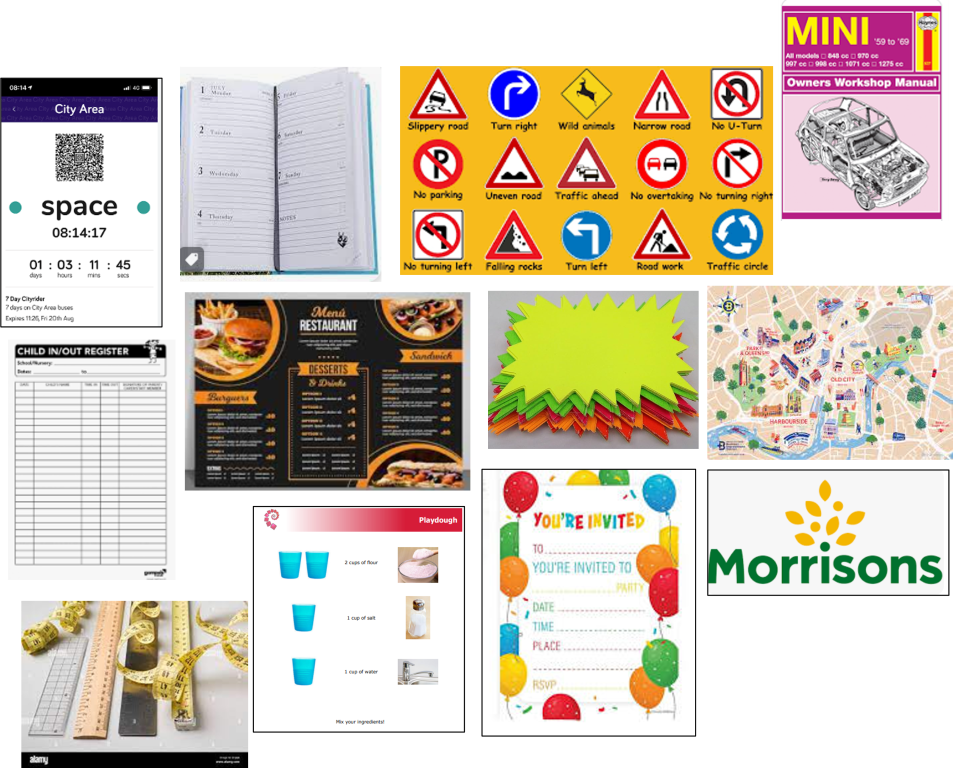
Gross motor development
- Digging with spades
- Blocks and bricks, loose parts; big, heavy
- Throwing and catching, bats, balls
- Pulling and pushing wheeled vehicles
- Climbing, monkey bars
- Big brushes, large rollers
- Mops, brooms
- Chunky chalks
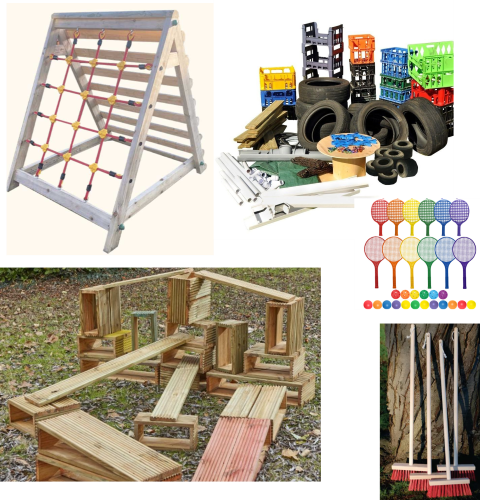
Fine motor development to support writing
- Small construction equipment
- Tweezers
- Threading, sewing, weaving
- Finger rhymes and finger puppets
- Pegs and peg boards
- Malleable materials – play-dough,
- gloop, clay, sand, shaving foam
- Cutting and sticking
- Puzzles of various levels of
- difficulty
- Art materials – crayons, paint,
- spray bottles, sponges
- Washing line and pegs
- Buttons, zips and laces
- Water, jugs, pouring, pipettes
- Cutting, scissors,
- Hammers, woodwork, cutting,
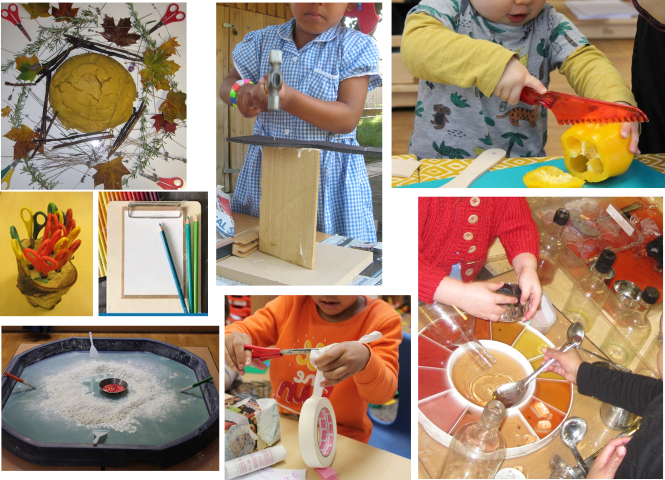
Malaguzzi also speaks of the pleasure of drawing. Pleasure as defined as a form of energy. He names the ‘pleasures’ that characterise the act of drawing as:
A motor pleasure – a feeling in the body and of nervous activity that gives pleasure when in the act of drawing
A visual pleasure
A rhythmic-temporal pleasure – the rhythm and flow of a pencil or marker upon a surface that breaks up space in many directions
A spatial pleasure – the organisation of space through drawing
A self-identifying pleasure – the seeking and giving of meaning and identity to marks made
A pleasure of repetition
A pleasure of knowing and learning – of making permanent or ‘fixing the event’, the what has happened or the object in terms of what is known about it
A pleasure of the aesthetic – to know when a drawing is just right, balanced in harmony with your ideas
